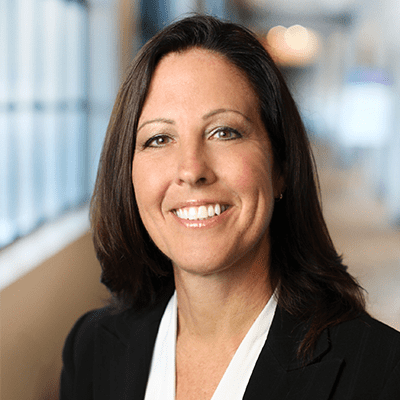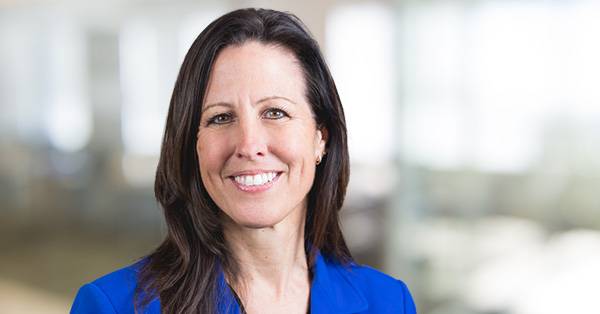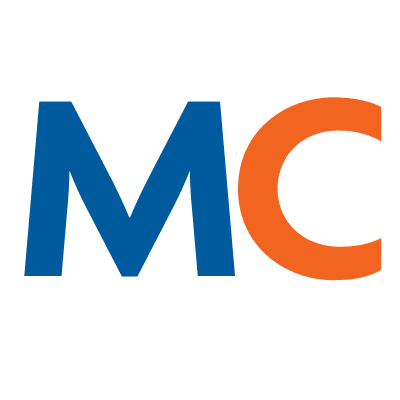- Solutions
- Solutions
- Home Health
- Hospice
- Life Plan Community
- Palliative Care
- Private Duty
- Senior Living
- Skilled Nursing
- Skilled Nursing
- Skilled Nursing Software
- Advanced Insights
- Customer relationship management
- Data and analytics
- Financial & operations management
- Marketing
- Nutrition management
- Referral management
- Regulatory compliance
- Retail management
- Resident engagement
- Revenue cycle management
- Skilled nursing interoperability
- Partners
- Blogs
- Resources
- About
- User Conference

Four steps to become a connected senior care provider
While there have been many technological advancements to help an organization become a more connected senior care provider, legacy technologies are still widely used in the post-acute care market.
To put this into context, in our recent survey of the referring provider market, we found that 87 percent of referring providers send referral data to post-acute providers via legacy technologies: phone call (27 percent), electronic fax (26 percent), paper fax (21 percent) and email (13 percent). Only 12 percent send data via an electronic data feed.*

However, a majority of the providers stated that it is important for them to be able to send and receive electronic data feeds from their referral sources.
One important point that stood out was that 78 percent of these referring providers would be interested in sending more referrals to their post-acute care providers if they were able to receive their orders electronically.
As referring providers expect their post-acute care partners to improve interoperability and support better electronic communications via electronic medical records (EMRs) and electronic health records (EHRs), there are ways to get your organization started on the “healthcare information highway” and become a more connected senior care provider.
Below are four ways to help your organization become a more connected senior care provider, and create a tighter relationship with your referral partners:
Get connected.
Get connected to a healthcare data network that complies with privacy and security standards. There are currently two national networks on the “healthcare information highway”: Carequality and CommonWell.

By getting connected to the “healthcare information highway,” your organization can share information with the referring hospitals and physicians’ EMR/EHRs, like Epic, Cerner, Meditech, and AthenaHealth.
With the participation of leading healthcare facilities, joining this network enables your organization to be a data-sharing peer with your partners.
Gather data.
Once your organization is connected, your staff will be able to gather data from their healthcare partners, which eliminates barriers to accessing documentation and puts your staff in control of access to the latest information.
When you create the Carequality/CommonWell connection between your MatrixCare solutions and your referring provider’s EHRs, this will significantly reduce calls, faxes, and emails. And the information is available 24 hours a day, seven days a week.

If your hospital and physician partners are Meaningful Use certified, they are required to make a transition of care document available, and many hospitals make other documents available through these networks. These documents have a good amount of clinical data on the patient/resident to support your care team.
Document accurately.
The power of exchanging information electronically is that some of the documents are available in a “discrete data” format, such as Consolidated Clinical Document Architecture (CCDA), generated as an XML file. (Think of this as a big spreadsheet where the system knows what type of data is in every cell.)
One of these documents is the Transition of Care report, which all hospitals and physicians who are using a Meaningful Use certified product are required to make available. These documents are in the CCDA/XML format, which means they include diagnosis codes, allergies, and yes, medications!
With this final piece of the data integration puzzle in place, your staff can use these documents to reduce data entry into your EHR. Once a document is retrieved from a hospital, the staff can reconcile the discrete data and modify fields that need to change (medication dose, for example).
This will significantly reduce the time your intake team wastes typing in information while increasing the amount and accuracy of clinical information, enabling your caregivers to quickly access a more complete clinical record.
Be a better referral partner.
While the steps above bring you into parity with technologies that hospitals and physician practices have been using for some time, being a good partner is a two-way street. Hospitals and physicians who are following your patients or residents may want to know the latest information on the patient within your facility.
By connecting your EHR to the Carequality or CommonWell networks, your organization becomes a better referral partner. Now the referring facility can get the latest updates on a patient in your facility any time, 24/7, without having to call your organization and disrupt your staff.
As a connected facility, your providers can use their EHRs, like Epic and Cerner, to query for the clinical record, and view the information directly in their system. This connection will lead to a tighter relationship with referral partners and better patient care.
In summary, these simple steps—starting with the connection to the ever-growing, secure “healthcare information highway”—will significantly help reduce calls, faxes, and emails, saving your staff time while increasing the clinical documentation available for better patient care.
If you are interested in becoming a connected healthcare organization, reach out to your MatrixCare representative. Also, if you provide your MatrixCare Customer Success Manager with your top referring providers, they are more than willing to let you know if your partners are connected to the “healthcare information highway.”
*Porter Research. Study done for MatrixCare, September-October 2020.
Request a demo today for a closer look at MatrixCare.
See what MatrixCare can do for you
Frank Nash
Focused solely on Healthcare Information Systems for 20 years, Frank's teams have successfully built and delivered interoperability, clinical and financial web-based workflow applications in all aspects of the healthcare market. From Acute/LTAC to LTPAC, all delivered as SaaS solutions, to all types of users, from healthcare professionals to patients and families. Currently, Frank leads the CareCommunity platform team and telehealth solutions team at MatrixCare. CareCommunity is designed to connect all caregivers, as well as patients and their families, focusing on transitions of care, care coordination, and resident engagement. Prior to MatrixCare, Frank worked for Healtheon, the first healthcare company to build internet-based solutions for healthcare, and helped lead a startup, building interoperability, and other web-based workflow solutions, which lead to a successful exit to NTTData, a division of NTT.
Related Posts


See MatrixCare in action
Start by having a call with one of our experts to see our platform in action.
MatrixCare offers industry-leading software solutions. Thousands of facility-based and home-based care organizations trust us to help them improve efficiency and provide exceptional care.
© 2025 MatrixCare is a registered trademark of MatrixCare. All rights reserved.





